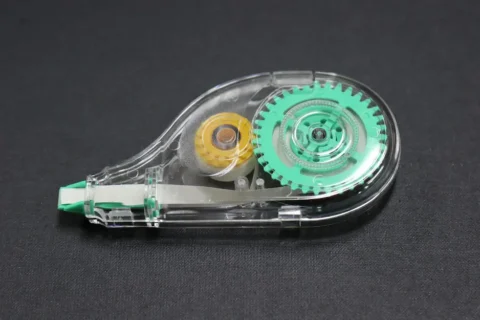Writing with story grids is a creative, low-prep way to get students writing collaboratively. It works with almost any level and can focus on grammar, storytelling, writing in different genres – or simply serve as a fun filler. All you need is a blank grid and a few imaginative prompts – the rest comes from your students.
How it works
- Start with a simple grid like the one linked at the bottom of this page.
- Divide students into pairs or groups of three. Tell them that something terrible, exciting, or embarrassing happened to you yesterday – choose the tone to match your class mood and level.
- Explain that you’ll give them a few clues about what happened. Think of three or four vocabulary items connected to your story (for example: a light bulb, a cup of tea, your grandmother, a dog, or adjectives like shocked or afraid).
- Ask students to draw a quick sketch of each vocabulary item in one square of their grid. If one of the clues is “a dog”, they draw a dog in a square of their choice, and so on.
- In their groups, students then create their version of your story, writing one word per square. The vocabulary items in the squares must fit in their sentences in a grammatically correct way. Model a quick example first so they understand how it works.
- Monitor and support as needed. Stop the activity when most groups have finished their grids.
- Invite several groups to read out their stories to the class.
- Finally, tell them your “real” story. You don’t need to have written it in a grid – students will be curious to hear what actually happened with the dog and the light bulb. (If it really did happen, even better!)
- Optionally, collect the grids to mark or correct before the next class.
Why it works
Story grids take away the fear of the blank page. Because students fill in one box at a time, planning and writing feel manageable. Working in small groups also builds confidence – they negotiate choices, notice grammar patterns, and see writing as a shared, creative process rather than a solitary task.
The activity is deceptively rich. It encourages careful planning, collaboration, and fluency. Students think about word order, linking, and how to make the story coherent, all while practising target grammar and vocabulary. It also brings writing into the lesson itself, rather than leaving it for homework – something many learners find motivating.
Variations
You can easily adapt story grids to focus on different skills or language points:
- Grammar practice: Replace the vocabulary items with past tense verbs, modal verbs, or other structures you’re reviewing. Adjust the time frame of the story – what happened, what might happen, or what will happen.
- Genre writing: Change the task so the grid becomes a different text type. For example, divide it into sections representing paragraphs of varying length, and have students write a letter, diary entry, or short news story instead of a narrative. This works well if you’ve been looking at a particular genre together recently.
- Visual storytelling: For lower levels, let students draw more than they write – a comic-strip version of the grid with simple captions or speech bubbles.
Example and download
Here’s the link to the basic story grid.
Below is a sample version when completed. Imagine the pictures in the grey squares – the four vocabulary items in this case might have been “cat”, “cup of tea”, “shocked” and “my mother”:
| Yesterday | morning | I | was | drinking | a |
| lovely | hot | in | a | quiet | |
| pavement | cafe | when | suddenly | from | nowhere |
| a | small | came | to | the | |
| foot | of | my | table | and | scratched |
| my | leg. | I | cried | out | in |
| pain | because | its | claws | were | a |
| little | sharp. | The | owner | of | the |
| cafe | came | to | see | what | was |
| happening. | When | he | saw | the | cat |
| he | looked | extremely | and | his | |
| face | turned | white. | “What’s | the | matter?” |
| I | asked | him. | “Yesterday | I | gave |
| that | cat | to | who | lives | |
| over | 100 | miles | away!” | he | replied. |
Have you tried story grids or something similar in your classes? Share your ideas or variations in the comments.








1 comment
Alex
I use a scanner and a projector. I ask students to correct a (photocopied) piece of work, then project a scan of the work as I’ve corrected it. I usually choose a piece that contains a good range of ‘typical’ errors (but not TOO many, so as not to shame the author! I then go through each correction, discussing with the class what the options are for each sentence.